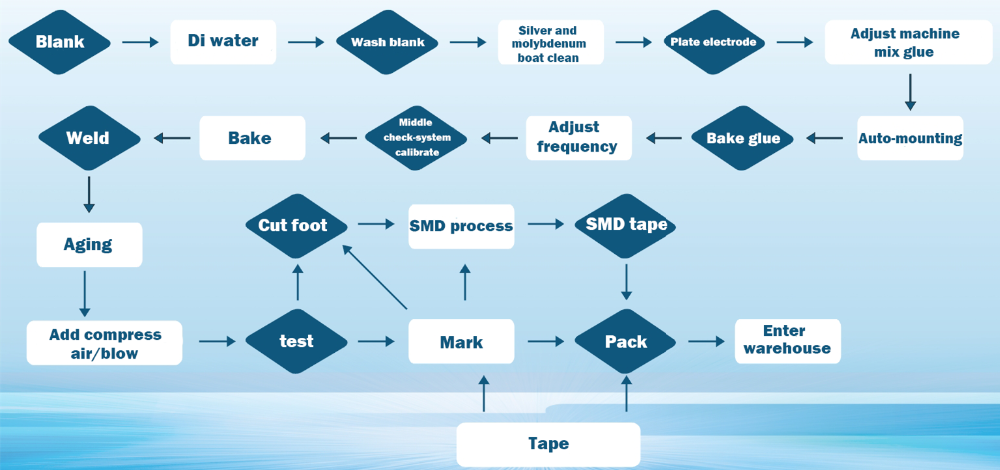Quartz crystal oscillators have better frequency stability than tuned circuits of capacitors and inductors. However, they are used only as components with a fixed resonant frequency. Variable-frequency oscillators use variable capacitors and inductors even though the resulting frequency is less stable than it would be if variable crystal oscillator existed.
Why there is no a variable-frequency crystal oscillator? Something like this:
The resonant frequency of a crystal is determined by its size and shape. This is similar to capacitors and inductors: their parameters are determined by their geometries in addition to the materials they are made of.
Is it possible to make a quartz crystal with a thickness varying in one dimension, and a sliding elecrtodes to make its resonant frequency vary?



